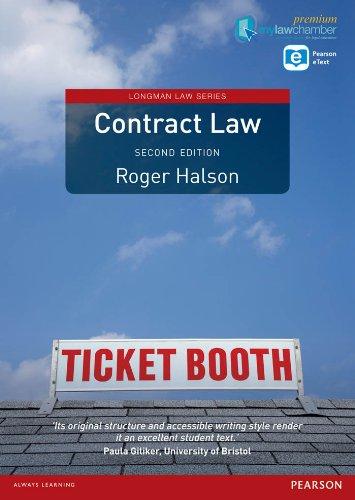Question
Show step by step answers. I need it ASAP like Rocky. I'll report wrong answers. Question 1 Start with the partial model in the attached.
Show step by step answers. I need it ASAP like Rocky. I'll report wrong answers.
Question 1
Start with the partial model in the attached.
The stock of Matrix Computing sells for $65, and last year's dividend was $2.53. Security analysts are projecting that the common dividend will grow at a rate of 9% a year. A flotation cost of 12% would be required to issue new common stock. Matrix's preferred stock sells for $42.00, pays a dividend of $3.32 per share, and new preferred stock could be sold with a flotation cost of 10%. The firm has outstanding bonds with 25 years to maturity, a 15% annual coupon rate, semiannual payments, $1,000 par value. The bonds are trading at $1,271.59. The tax rate is 20%. The market risk premium is 5.5%, the risk-free rate is 7.0%, and Matrix's beta is 1.2. In its cost-of-capital calculations, Matrix uses a target capital structure with 40% debt, 10% preferred stock, and 50% common equity.
a. Calculate the cost of each capital componentin other words, the after-tax cost of debt, the cost of preferred stock (including flotation costs), and the cost of equity (ignoring flotation costs). Use both the CAPM method and the dividend growth approach to find the cost of equity.
b. Calculate the cost of new stock using the dividend growth approach.
c. Assuming that Matrix will not issue new equity and will continue to use the same tar-get capital structure, what is the company's WACC
Question 2
Start with the partial model in the attached.
Pinto.com has developed a powerful new server that would be used for corporations' Internet activities. It would cost $25 million at Year 0 to buy the equipment necessary to manufacture the server. The project would require net working capital at the beginning of each year in an amount equal to 12% of the year's projected sales; for example, NWC0= 12%(Sales1). The servers would sell for $21,000 per unit, and Pinto believes that variable costs would amount to $15,000 per unit. After Year 1, the sales price and variable costs will increase at the inflation rate of 2.5%. The company's nonvariable costs would be $1.5 million at Year 1 and would increase with inflation. The server project would have a life of 4 years. If the project is undertaken, it must be continued for the entire 4 years. Also, the project's returns are expected to be highly correlated with returns on the firm's other assets. The firm believes it could sell 2,000 units per year. The equipment would be depreciated over a 5-year period, using MACRS rates. The estimated market value of the equipment at the end of the project's 4-year life is $1 million. Pinto.com's federal-plus-state tax rate is 20%. Its cost of capital is 10% for average-risk projects, defined as projects with a coefficient of variation of NPV between 0.8 and 1.2. Low-risk projects are evaluated with an 8% project cost of capital and high-risk projects at 13%.
- Develop a spreadsheet model, and use it to find the project's NPV, IRR, and payback.
- Now conduct a sensitivity analysis to determine the sensitivity of NPV to changes in the sales price, variable costs per unit, and number of units sold. Set these variables' values at 10% and 20% above and below their base-case values.
- Now conduct a scenario analysis. Assume that there is a 25% probability that best-case conditions, with each of the variables discussed in Part b being 20% better than its base-case value, will occur. There is a 25% probability of worst-case conditions, with the variables 20% worse than base, and a 50% probability of base-case conditions.
- If the project appears to be more or less risky than an average project, find its risk-adjusted NPV, IRR, and payback.
- On the basis of information in the problem, would you recommend the project should be accepted?
Question 3
15. When the assured is so situated that the happening of the event which the insurance money is to become payable would as approximate cause involve the assured in determining of the right recognized by the law or in any legal liability there is an insurable interest in the happening of the event to the extend of the possible loss or liability. Discuss the six classes of the person who are deemed to have an insurable interest in the subject matter of insurance
16. One of the principles of the insurance is the principle of utmost good faith .Highlight some of the facts that need not to be disclosed by the insured or insurer.
17. Jane mburu wants to engage in the business of exporting of petrol she has purchased a ship in order to advance the business. Advise Jane mburu on the type of insurance under which she could insure the ship and the three classes of policies available under that type of insurance.
Step by Step Solution
There are 3 Steps involved in it
Step: 1

Get Instant Access to Expert-Tailored Solutions
See step-by-step solutions with expert insights and AI powered tools for academic success
Step: 2

Step: 3

Ace Your Homework with AI
Get the answers you need in no time with our AI-driven, step-by-step assistance
Get Started


